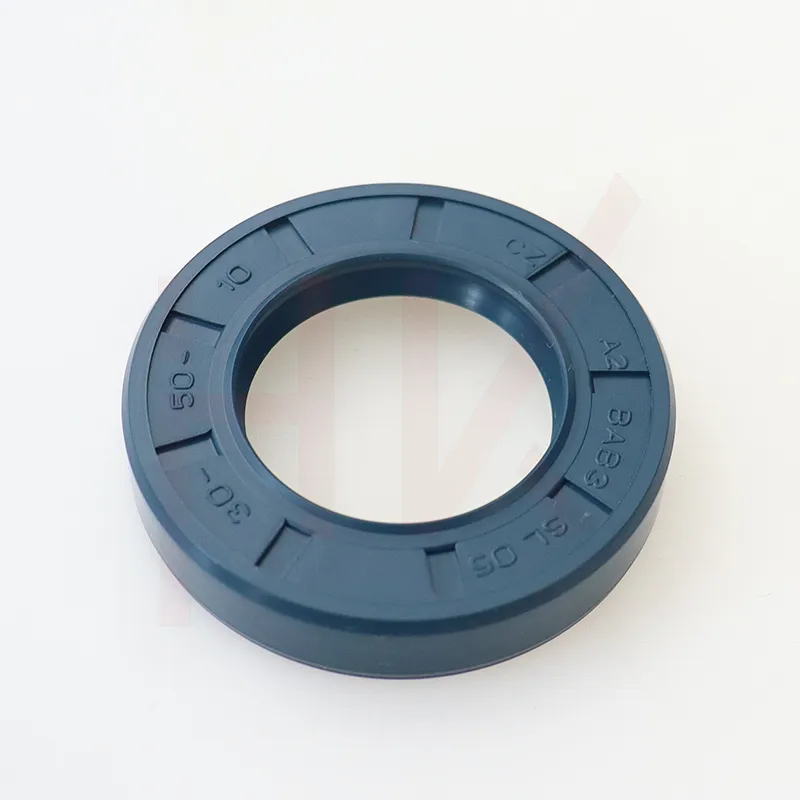nóv . 30, 2024 01:06 Back to list
Felt Wiper Seals for Enhanced Protection and Performance in Various Applications
Understanding Felt Wiper Seals A Comprehensive Overview
Felt wiper seals are essential components used in various applications to prevent contamination and retain lubrication. These seals serve a critical role in machinery, automotive systems, and industrial equipment, where they function to protect sensitive components from dust, dirt, and other particles that could cause wear and tear. The significance of felt wiper seals extends beyond mere protection; their design and functionality are paramount in ensuring optimal performance and longevity of mechanical systems.
Composition and Structure
Felt wiper seals are primarily made from engineered felt, which is a non-woven fabric composed of compressed fibers, often wool or synthetic materials. This unique structure allows for excellent absorbency and a soft, pliable surface that can conform to irregularities. Felt's inherent properties make it an ideal material for creating seals that need to wipe away contaminants while retaining necessary lubricants.
The basic structure of a felt wiper seal consists of a flat felt strip that is mounted around the component it is sealing. As the part moves, the felt wipers glide against the surface, effectively wiping away debris and preventing it from entering critical areas. The seals can be designed in various shapes and sizes, adapting to different applications based on specific requirements.
Applications and Benefits
Felt wiper seals are commonly used in hydraulic cylinders, machine tools, and automotive applications. In hydraulic systems, for instance, they keep hydraulic fluid inside the cylinder while preventing dirt and abrasive particles from entering. In automotive applications, felt seals help in maintaining engine cleanliness and can be found in steering systems and transmissions.
felt wiper seals

The benefits of using felt wiper seals are numerous. Their ability to withstand a range of temperatures and environmental conditions makes them suitable for both indoor and outdoor applications. Additionally, they offer excellent wear resistance and can be manufactured in various thicknesses and densities, allowing for customization based on the specific needs of the application.
Moreover, felt wiper seals are cost-effective solutions that help minimize maintenance downtime
. By effectively sealing out contaminants and retaining lubricants, they reduce the wear on moving parts, thereby extending the service life of machinery and reducing the likelihood of costly repairs.Challenges and Considerations
While felt wiper seals are highly effective, some challenges exist. They may absorb too much oil if not properly managed, leading to potential degradation over time. Therefore, it is crucial to select the right type of felt and design the seal based on the specific application and environmental conditions. Regular maintenance and inspection can further enhance the performance and longevity of these seals.
Conclusion
In summary, felt wiper seals are integral to the functionality of many mechanical systems, offering protection against contaminants while retaining essential lubricants. Their versatile applications, combined with a cost-effective approach to maintenance, make them a valuable choice in various industries. Understanding the characteristics and best practices for using felt wiper seals can lead to improved machinery performance and longevity, making them a critical component in engineering and manufacturing processes.
-
Unlocking the Potential of Hydraulic Systems with Essential Sealing Solutions
NewsAug.06,2025
-
Unleash the Power of Your Hydraulic Systems with Our Premium Seal Kits
NewsAug.06,2025
-
Specialized Hydraulic Seal Kits for Breakers, Pistons, and Presses
NewsAug.06,2025
-
Revitalize Hydraulic Systems with Premium Repair and Seal Kits
NewsAug.06,2025
-
Fortify Your Cylinders with Premium Sealing Solutions
NewsAug.06,2025
-
Elevate Hydraulic System Reliability with Specialized Seal Kits
NewsAug.06,2025
-
TCN Oil Seal Metal Ring Reinforcement for Heavy Machinery
NewsJul.25,2025
Products categories
















